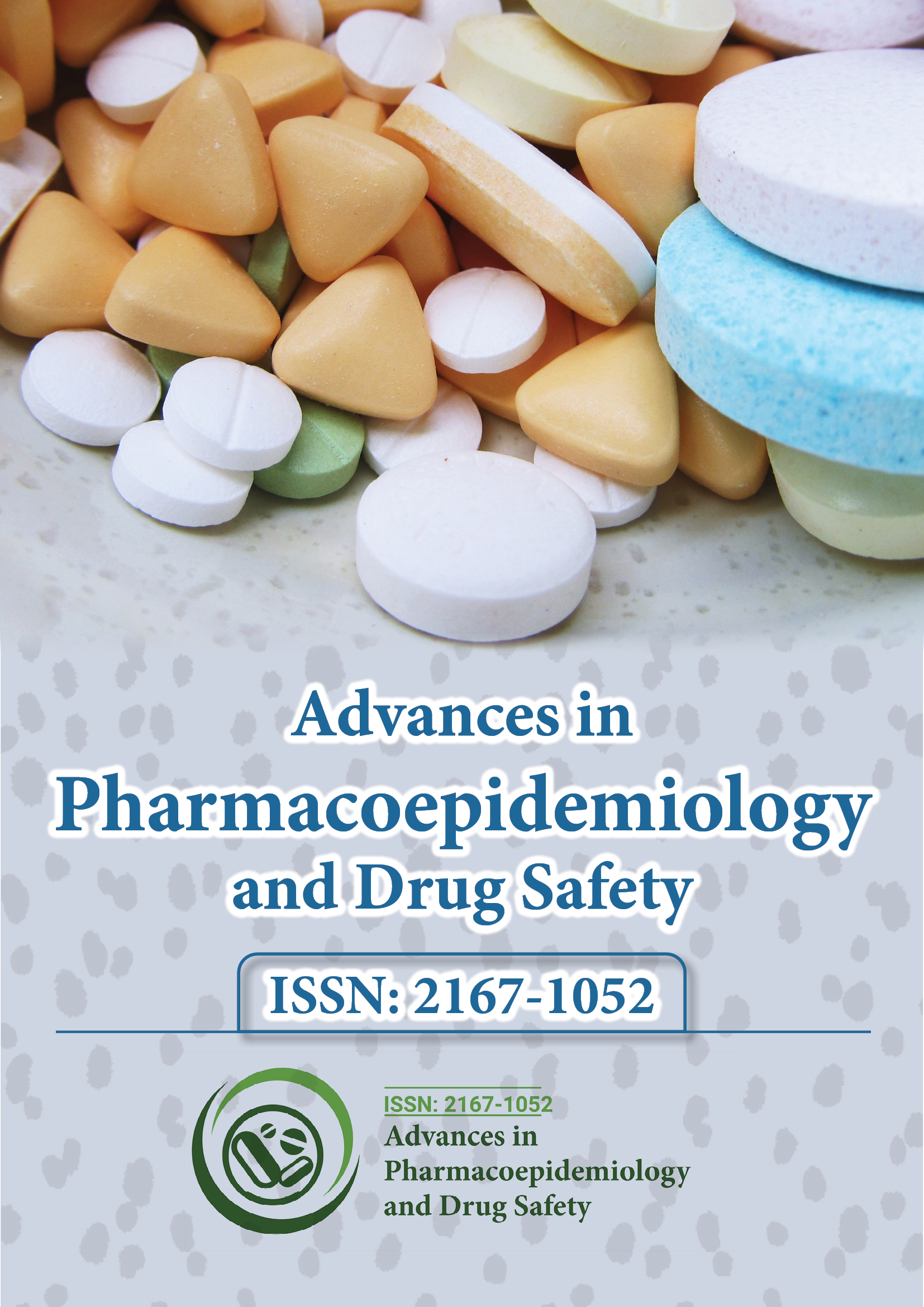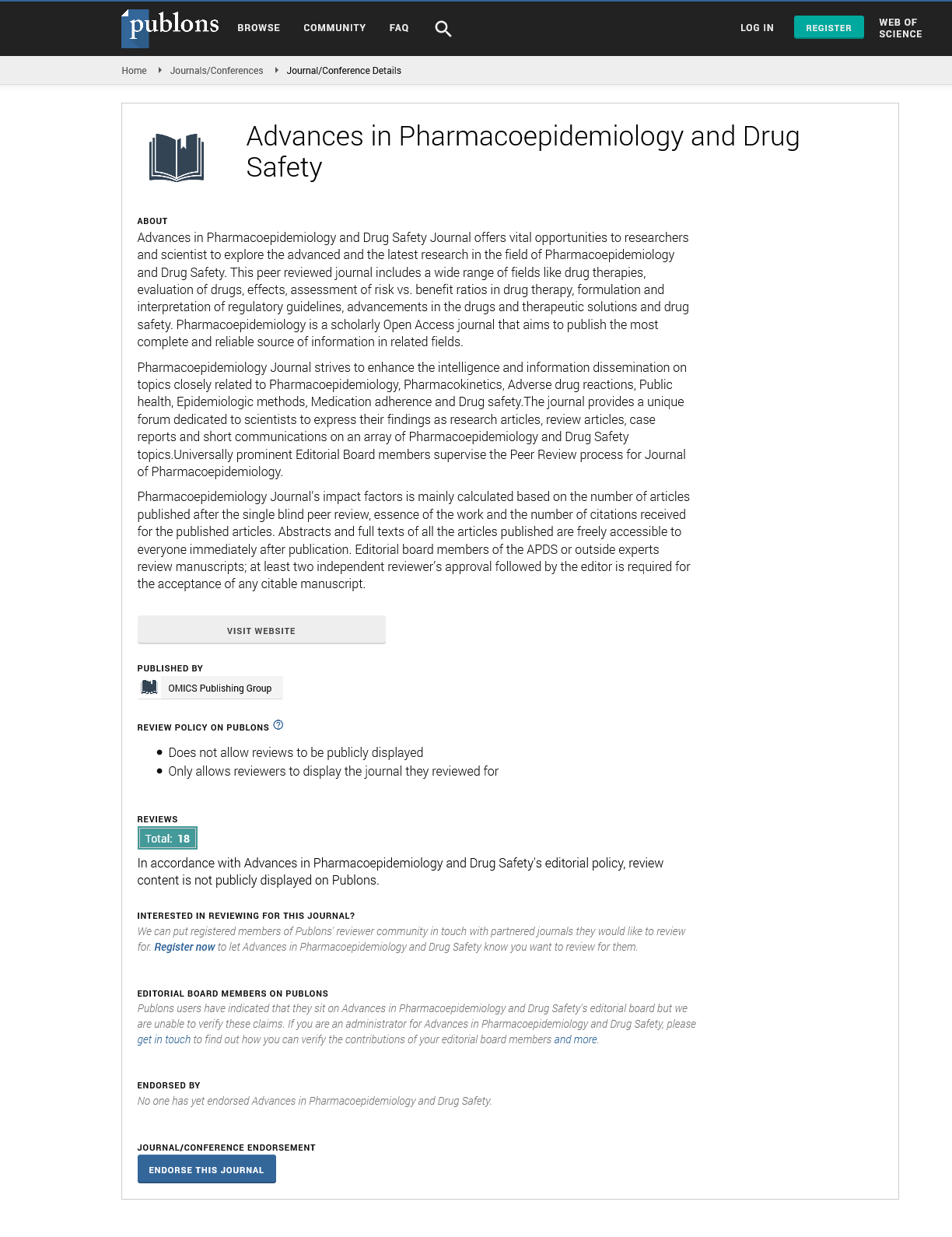Indexed In
- Open J Gate
- Genamics JournalSeek
- Academic Keys
- JournalTOCs
- RefSeek
- Hamdard University
- EBSCO A-Z
- SWB online catalog
- Publons
- Geneva Foundation for Medical Education and Research
- Euro Pub
- Google Scholar
Useful Links
Share This Page
Journal Flyer

Open Access Journals
- Agri and Aquaculture
- Biochemistry
- Bioinformatics & Systems Biology
- Business & Management
- Chemistry
- Clinical Sciences
- Engineering
- Food & Nutrition
- General Science
- Genetics & Molecular Biology
- Immunology & Microbiology
- Medical Sciences
- Neuroscience & Psychology
- Nursing & Health Care
- Pharmaceutical Sciences
Commentary - (2024) Volume 13, Issue 3
Thrombosis and Blood Clots: Understanding the Risks and Remedies
Zhang Yue*Received: 30-Aug-2024, Manuscript No. PDS-24-27226; Editor assigned: 02-Sep-2024, Pre QC No. PDS-24-27226 (PQ); Reviewed: 16-Sep-2024, QC No. PDS-24-27226; Revised: 23-Sep-2024, Manuscript No. PDS-24-27226 (R); Published: 30-Sep-2024, DOI: 10.35250/2167-1052.24.13.372
Description
Thrombosis is a medical condition in which a blood clot, known as a thrombus, forms inside a blood vessel and obstructs the normal flow of blood through the circulatory system. It can occur in veins or arteries and its effects can be severe, leading to critical complications if not treated promptly. The formation of these clots is part of the body's natural process to prevent excessive bleeding after an injury. However, when a clot forms inappropriately, it can lead to serious health issues.
Blood clots are formed when the body’s clotting mechanism becomes activated. This usually involves platelets, small blood cells that clump together at the site of a damaged blood vessel and fibrin, a protein that forms a mesh to hold the clot together. The clotting process is a defense mechanism to stop bleeding, but in the case of thrombosis, the clot forms in the absence of injury or doesn't dissolve as it should once the vessel is healed. This abnormal clotting can block the flow of blood to essential organs, causing damage or leading to further complications.
Thrombosis can occur in either veins or arteries, with each presenting different symptoms and risks. Venous thrombosis typically occurs in the veins of the legs and is often referred to as Deep Vein Thrombosis (DVT). This condition can cause swelling, pain and redness in the affected leg. One of the most dangerous complications of venous thrombosis is when part of the clot breaks off and travels to the lungs, causing a pulmonary embolism. This can be fatal if not treated immediately, as it obstructs blood flow in the lungs, leading to severe breathing difficulties and potentially causing death.
Arterial thrombosis occurs in arteries, which carry oxygen-rich blood from the heart to the rest of the body. It can lead to conditions such as heart attacks or strokes. In the case of a heart attack, a clot blocks the blood flow to the heart, depriving it of oxygen and causing damage to the heart muscle. A stroke occurs when a clot forms in or travels to the brain, cutting off blood flow and leading to the death of brain cells. Both conditions are medical emergencies and require immediate intervention to prevent lasting damage or death.
There are several risk factors associated with thrombosis. These include immobility, where a person is confined to bed rest or remains seated for long periods, such as during long flights. When a person is immobile, blood circulation slows down, increasing the likelihood of clot formation. Certain medical conditions can also predispose an individual to thrombosis, including cancer, heart disease and genetic clotting disorders. Obesity, smoking and prolonged use of certain medications like oral contraceptives can further increase the risk. Surgery, particularly orthopedic procedures, also presents a significant risk as it can lead to periods of immobility and cause changes in blood flow and clotting factors.
In some cases, blood clots can form due to a combination of factors, such as a genetic predisposition coupled with environmental triggers like prolonged inactivity. Understanding these risk factors is essential in preventing thrombosis, especially for those at high risk. Healthcare providers often recommend preventive measures such as using compression stockings, taking anticoagulant medications, or encouraging regular movement to promote blood flow and reduce the clot formation.
In conclusion, thrombosis is a complex condition, but with proper medical care and preventive measures, the risk of severe complications can be reduced. As research continues, the understanding of thrombosis will likely expand, leading to even more effective treatments and strategies to prevent clot formation. Regular medical check-ups, especially for those at higher risk and understanding the signs and symptoms of thrombosis can lead to earlier diagnosis and more successful treatment.
Citation: Yue Z (2024). Thrombosis and Blood Clots: Understanding the Risks and Remedies. Adv Pharmacoepidemiol Drug Saf. 13:372.
Copyright: © 2024 Yue Z. This is an open access article distributed under the terms of the Creative Commons Attribution License, which permits unrestricted use, distribution, and reproduction in any medium, provided the original author and source are credited.

